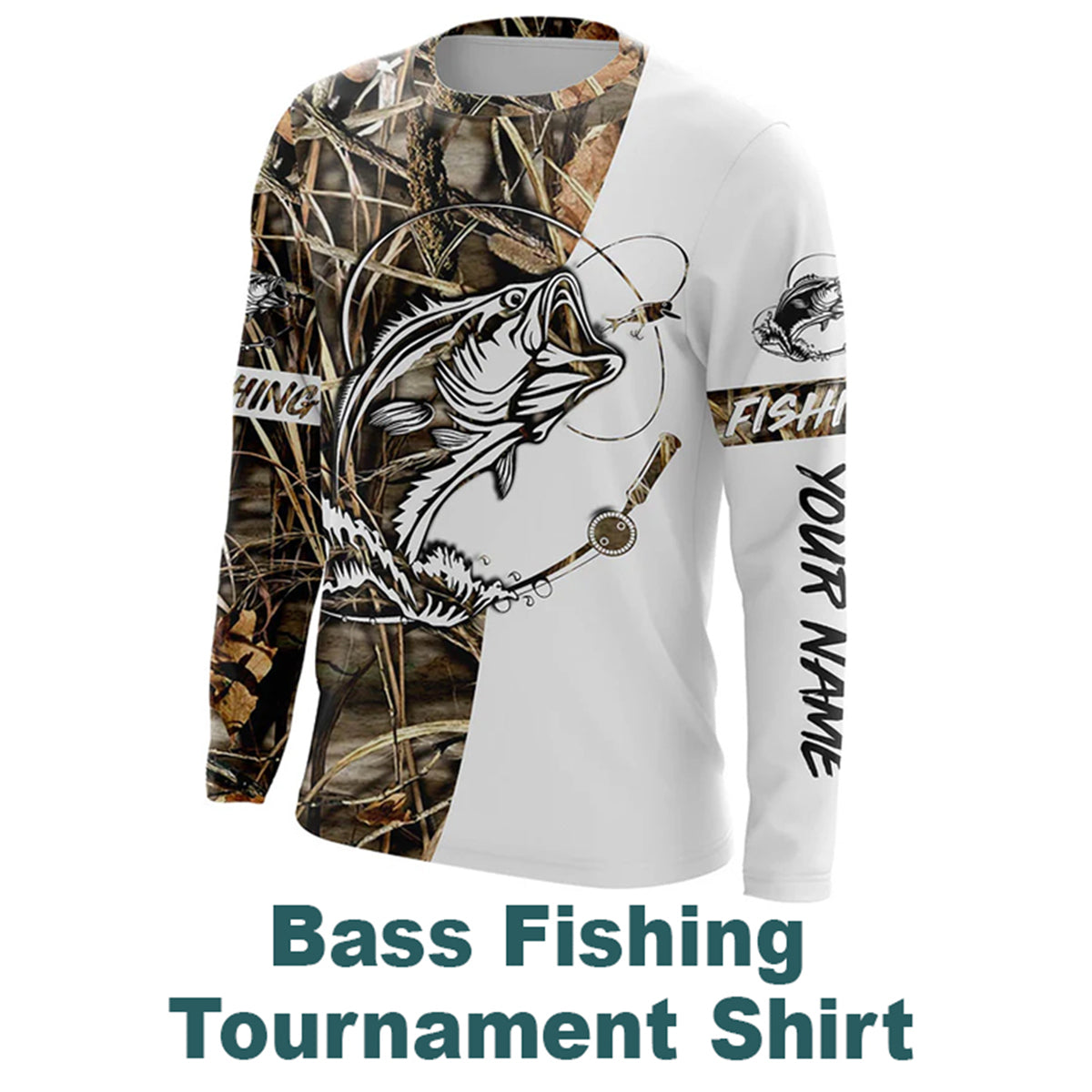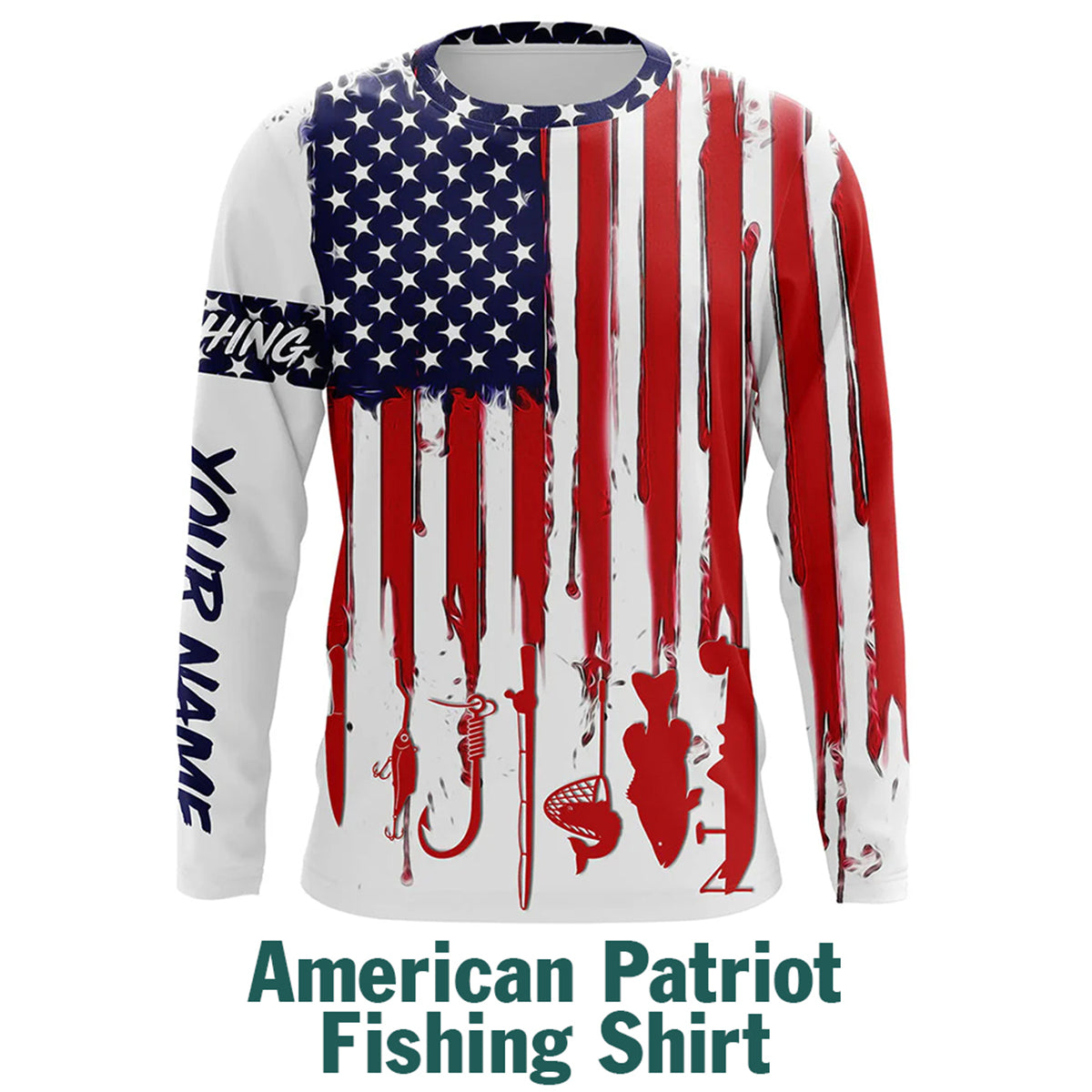There are a variety of reasons why you would want to try trout fishing. As a recreation, fishing for trout brings a sense of freedom and escape from hectic life by spending most of your day in the rivers or streams. If you're fishing with friends or family, trout fishing provides plenty of chances to strengthen the bond with them. On a more practical level, trout fishing offers you with one of the freshest, healthiest sources of natural food that you can take home and make a home cooked meal at the end of the day.
Even though angling is quite simple to learn, new anglers still need to grasp the basics of trout fishing tips and tricks before embarking on a fishing trip.
A little bit about Trout
For a beginner, here are some facts (trout fishing tips) about trout that you can use to improve your own fishing techniques
- A normal trout's life span can be up to 20 years.
- Trout’s food sources are mostly aquatic creatures such as tiny birds and mice.
- When aggressive, trout turn a deeper color, but when submissive, they turn a lighter color.
- Brown trout are more difficult to catch than rainbow, cutthroat, and brook trout, according to research.
- One of the best times to catch fish, including trout, is right before a storm. Trout respond to sudden changes in the environment like a rainstorm by feeding heavily
 The best time and ideal place for Trout fishing
The best time and ideal place for Trout fishing
Trout are common and can be found in almost any waterbody that provides:
- Cool and clean water
- Cover and protection from predators
- Food - such as aquatic insects, crawfish and minnows
Fish location, behavior, and fishing techniques will be different depending on the trout habitat including still waters (lakes and ponds) or moving waters (rivers and streams).
Finding Trout in lakes and ponds
In still waters trout are on the move, “cruising” the water seeking for food. At the same time, they usually don’t venture to get too far from cover that provides predator protection. In lakes and ponds, seek for trout in the some like areas:
- Near or above aquatic vegetation
- Surrounding logs, stumps, boulders, or other structures near stream inlets where streams pour into the lake or pond provide cool, fresh water and potentially a food supply
- Deeper waters, especially during the summer months when trout seek cooler water and safety from predators.
In lower elevation lakes, the appropriate time to fish for trout is in the spring and fall, when the water is cooler and the trout are more active. This is also when the majority of lakes are stocked. Anglers can find trout in cooler, deeper waters during the summer months, or in higher mountain lakes that are cool throughout the year. In the winter months, trout fishing in lakes or ponds may be a great idea – for anglers courageous enough to withstand the cold and damp weather.
Finding Trout in rivers and streams
In moving waters, trout tend to congregate in one place and wait for food to be brought to them thanks to the water current. Aquatic insects drifting in the rivers and streams are a major food source for these fish. Trout in moving waters are looking for a spot to rest from the current in addition to looking for food and safety from predators. So here are some likely spots to seek for trout in rivers and streams:
- Deeper, slower pools
- Behind rocks or other structures (in body water with bumps or riffles on the surface, which are typically formed as water flows over rocks and boulders in the riverbed.)
- Near steep or undercut banks
The best times to fish most rivers and streams are in the spring and fall, when the water temperatures are cooler. Because few rivers and streams are stocked, you'll almost certainly be catching naturally reproducing or wild fish. When the water is warmer, seek for trout in quicker riffles where the water gets re-oxygenated as it tumbles over rocks. Some rivers in the US are open all year for trout. Winter fishing will be good for brave fishermen willing to endure the cold and snow, but look for trout in slow, calm waters where they don’t need to fight the current.

Tackle for Trout fishing
The list of essential trout fishing equipment and gear can be quite simple. A rod and reel, as well as a small collection of lures, bait hooks, bobbers, and artificial bait, are all you need to go trout fishing almost everywhere. To begin, make a shopping list that includes the following items:
- Package of size 8 bait hooks
- A lightweight 6-foot spin casting or spinning rod with matching reel and 4-6 pound monofilament line
- Jar of PowerBait or PowerEggs
- A handful of 1/16 oz. spinners
- Couple of red/white bobbers
- Worms/lures
- A package of #5 lead split shot
For trout fishing norvices, It’s better to use a fishing float to keep your bait from sinking to the bottom of a lake or river. It's also important to prepare a variety pack of different-sized hooks. Apply the same thing for weights, and you'll have a better time adjusting to your gear when it comes to the actual session.
Because most larger trout don't eat insects as a primary food source, keep in mind that the kind of bait you choose may decide the size of your catch. Big trout almost exclusively seek worms, smaller fish, and possibly some large insects, whereas tiny trout will eat whatever they get.
Artificial bait (also known as lures) or live bait are both widely options. If you're going to use live bait like worms, grasshoppers, leeches, or eggs, make sure it's permitted in your state. This info should be easily accessible on the internet.
Hope that you’re stocked up with all the essential trout fishing tips and tricks. Are you truly ready to begin your foray into the world of trout fishing? Have a nice fishing trip!


